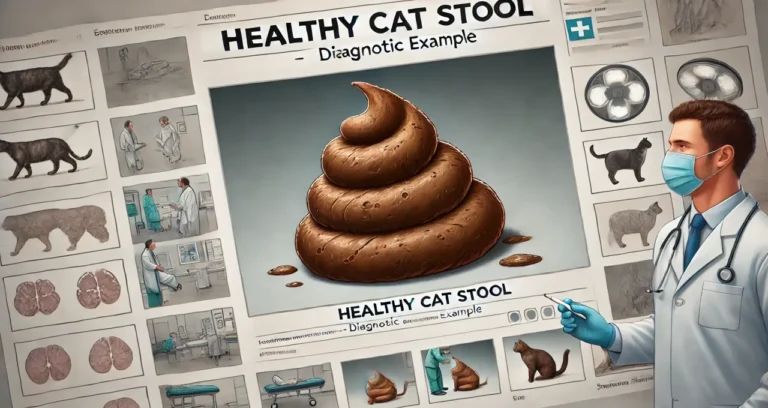What Can You Give a Cat for Pain? A great Guide

introduction to Cat for Pain
Cat for Pain are adept at concealing their discomfort, which poses a challenge for pet owners trying to identify when their feline friend is suffering. Here are some subtle and vocal signs that may indicate a cat is experiencing pain:
Behavioral Signs of Pain
- Decreased Activity: Less playfulness and hesitation to jump can be early indicators of pain.
- Grooming Habits: Changes such as excessive grooming or neglect could signal discomfort.
- Behavioral Changes: Signs like increased irritability, hiding, or diminished social interaction suggest a cat may be in pain.
- Altered Posture: A hunched posture or reluctance to move can also be a clue.
Vocal Expressions of Discomfort
- Cat for Pain might meow or purr more frequently or with a different tone when in pain. Growling or moaning, especially when moving or being touched, also indicates discomfort.

Common Causes of Cat for Pain
Health Issues Leading to Pain
- Dental Problems: Conditions like tooth decay and gum disease are painful for cats.
- Arthritis: This common ailment in older cats leads to joint pain and stiffness.
- Injuries: From minor scratches to major traumas, physical injuries are obvious sources of pain.
- Urinary Tract Infections: These can cause severe pain and need urgent veterinary care.
Chronic Conditions
- Cancer: Some forms of cancer can be painful, particularly those affecting bones or internal organs.
- Feline Interstitial Cystitis: A complex disease that causes bladder pain.
- Gastrointestinal Issues: Conditions such as pancreatitis can lead to severe abdominal pain.
Pain Management Approaches
Veterinary Interventions
It is crucial to consult with a veterinarian to accurately diagnose and treat pain in cats. Here are some common medical interventions:
- Medications: Pain medications specifically formulated Cat for Pain can help manage discomfort.
- Surgery: Required in cases of severe injuries or certain diseases.
- Alternative Therapies: Approaches like acupuncture and physical therapy can be beneficial.
Home Care Strategies
- Comfortable Resting Areas: Providing soft bedding and easy-to-reach quiet spots helps alleviate discomfort.
- Warmth: A gentle heat source can soothe sore muscles and joints.
- Nutrition: Feeding high-quality, easily digestible food supports overall health.
do you know
Kitten Foods is crucial for ensuring a healthy development and a vibrant adult life.
Pain Relief Medications Cat for Pain
When it comes to medication, it’s imperative to never give human pain relievers like Tylenol or aspirin to cat for pain as they can be toxic. Here are safer alternatives:
Prescription Pain Relievers
- Meloxicam: Often prescribed cat for pain and inflammation, though it must be used under a vet’s supervision.
- Gabapentin: Used for chronic pain management, particularly in neuropathic pain.
- Buprenorphine: A powerful opiate for moderate to severe pain, administered under strict veterinary guidance.
- Onsior: Another option for pain and inflammation that’s formulated specifically for cats.
Over-the-Counter Solutions
There are limited over-the-counter pain medications for cats due to the risk of side effects. However, supplements like glucosamine and chondroitin can be used to support joint health and reduce discomfort from conditions like arthritis.
Creating a Comfortable Environment
Home Modifications
- Accessibility: Use ramps or steps to help your cat reach their favorite places without jumping.
- Litter Box Modifications: Opt for a box with low sides for easy access.
Emotional Support
Providing emotional support through gentle petting and a calm voice can comfort a cat experiencing pain. Recognizing when they need space and allowing them to seek solitude when necessary is also important.
Conclusion of Cat for Pain
Managing pain in cats requires a combination of vigilant observation, professional veterinary care, and a nurturing home environment. By understanding the signs of pain and knowing the appropriate interventions and medications, cat owners can help ensure their pets live comfortably despite any ailments.
Do cats help with pain?
Yes, cats can offer comfort and emotional support which may help alleviate pain.
Can cats take away your pain?
Cats cannot directly remove your physical pain but their presence can help reduce stress and promote relaxation.
Can cats heal your pain?
While cats cannot heal physical pain, they can provide emotional support that aids in coping with pain.
Can I give my cat aspirin for pain?
No, aspirin is generally unsafe cat for pain and can cause severe health issues.
Which painkiller is best for cat?
The best painkiller for a cat must be prescribed by a veterinarian; commonly used options include Buprenorphine or Gabapentin.
Can I give my cat paracetamol?
No, paracetamol (acetaminophen) is toxic to cats and can be fatal.
What to give a cat for pain at home?
You should not administer any home treatments for pain without consulting a veterinarian.
What human medicine is safe for cats?
Very few human medicines are safe for cats; always consult with a vet before giving your cat any medication.
Can I give Brufen syrup to my cat?
No, Brufen (ibuprofen) is toxic to cats and should never be given.
Can cats have human painkillers?
No, most human painkillers such as ibuprofen, aspirin, and acetaminophen are toxic to cats and should not be given to them.
What medicine is good for sick cats?
The appropriate medicine depends on the illness affecting the cat.






